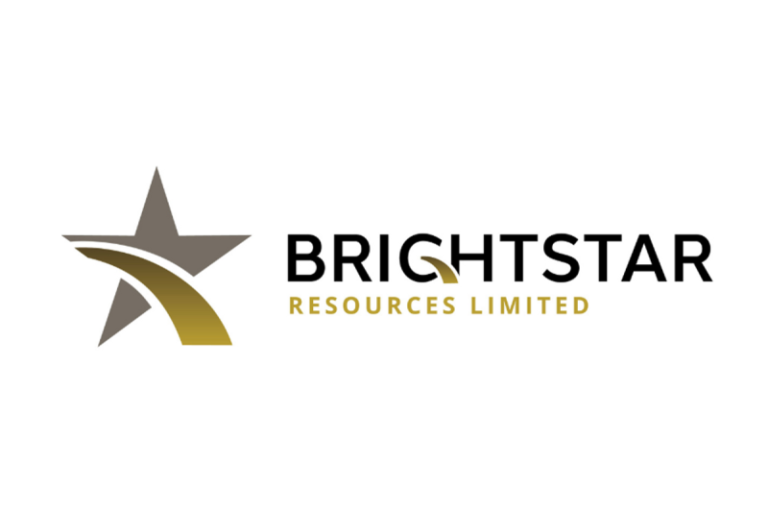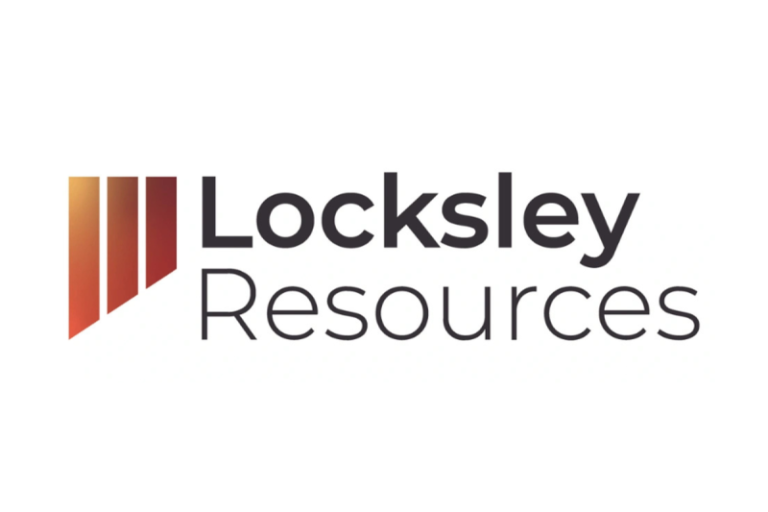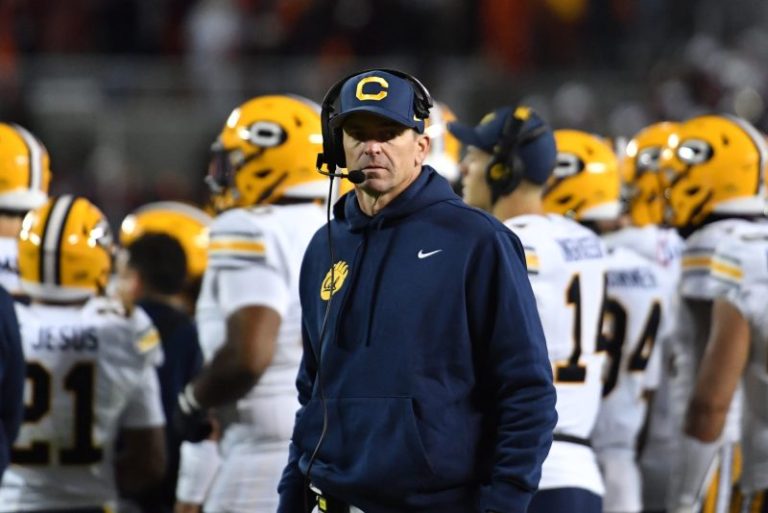- Boxer Gervonta ‘Tank’ Davis is accused of assaulting a former girlfriend in a Miami-area strip club, according to a civil lawsuit.
- Surveillance video and a club manager’s incident report support the woman’s allegations of battery, false imprisonment, and kidnapping.
- Davis’s scheduled exhibition fight against Jake Paul was canceled following the lawsuit and an active police investigation.
- A judge granted a temporary restraining order against Davis, but legal proceedings are stalled as authorities have been unable to serve him with a summons.
Surveillance video and an incident report compiled by a manager of a Miami-area strip club detail allegations that boxing star Gervonta ‘Tank’ Davis assaulted and forcibly removed a former girlfriend from the club in late October.
An exhibition fight between Davis and Jake Paul scheduled for Nov. 14 was canceled on Nov. 3, four days after the woman filed a civil lawsuit with the 11th Judicial Circuit Court in Miami-Dade County claiming Davis committed battery, aggravated battery, false imprisonment, kidnapping and intentional infliction of emotional distress against her.
USA TODAY obtained a copy of the manager’s incident report and, during a FaceTime call, viewed surveillance video that Richard Wolfe, one of the woman’s attorneys, said he obtained from the parent company of the Miami Gardens club through a subpoena.
Artagus Lane, a manager at Tootsie’s Cabaret, said he was working at the club during the alleged attack and later reviewed video from the club’s camera system. He said he documented what he saw for an incident report he filed with Tootsie’s Cabaret.
A copy of the club incident report obtained by USA TODAY Sports lists Lane as the person filing it and in part states, ‘Mr. Davis could be seen making gestures that gave the impression (the woman) was being forced to leave with him … Mr. Davis continued being physical by grabbing her by the neck and hair.’
Lane also said he interviewed the woman, who works as a VIP waitress at Tootsie’s Cabaret. Her name is being withheld because USA TODAY does not generally publish the identities of victims of domestic violence.
The woman said she and Davis, 31, had an intimate relationship for five months before the alleged attack took place Oct. 27. The woman also is 31, according to the club incident report Lane said he completed.
“I know she was shooken up and I just want to ensure her that her safety and everything,’’ Lane said.
Ravone Littlejohn, a representative of Davis, declined to comment to USA TODAY Sports. Davis has not commented on the allegations publicly and efforts to reach him directly were unsuccessful.
A spokesperson for Davis on Nov. 24 said the boxer will address the matter in a documentary that will be released after Thanksgiving. The spokesperson, who identified herself only as Sade, said the boxer is in Baltimore, his hometown, hosting a Thanksgiving drive at Davis’ gym, the Uptown Boxing Center.
The matter involving Davis and the alleged incident in Florida is an ‘active case,” according to the Miami Gardens Police Department. No associated criminal charges had been filed as of Nov. 24.
Strip club incident report details allegations against ‘Tank’ Davis
At 3:51 a.m. on Oct. 27, a manager at Tootsie’s Cabaret heard that one of the staff members “may have been assaulted,’ according to a copy of the incident report. A review of video footage revealed an incident did occur, according to the report.
Video footage showed a light-skinned Black man wearing a white shirt and joggers, later identified as Davis, among club patrons, according to the report. Upon seeing the woman, the man approached her and grabbed her behind her head by the hair. The woman was working her shift as a VIP waitress and Davis forced her to walk toward the stairway that leads to the kitchen, the report states.
During a Facetime call, Wolfe, the attorney, allowed USA TODAY Sports to view a copy of the video he said he obtained by subpoena from RCI Hospitality Holdings Inc., the parent company of Tootsie’s Cabaret. Gary Fishman, a spokesman for RCI Hospitality Holdings, Inc., said the company would not comment on the matter.
Lane’s report provided a detailed account of the video.
“(The woman) could be seen via camera footage begging for Mr. Davis to stop …,’ Lane wrote. “… Once by the stairway you can see Mr. Davis grabbing (the woman) and pushing her by the head, and grabbing her hair in an aggressive manner (shaking it and pulling it back and forth), down the first flight of stairs.’
According to the report, another woman witnessed the incident and was trying to alert a club employee to what was happening. The struggle continued as Davis forced the woman to walk down the stairs and through the kitchen.
“(The woman) begged Mr. Davis not to put his hands on her in front of the staff while walking through the kitchen,’ Lane wrote. “After they passed through the kitchen Mr. Davis continued being physical with (her) as she was trying to figure a way to get away from him.’
Eventually, Davis and the woman entered the club’s garage, according to the report, which states the woman told Davis to get the keys to his vehicle from the valet.
“… and once he walked ahead, (the woman) took the chance to run back into the club,’ according to the report.
Later, in the manager’s office, the woman explained the details of the incident, also listed in Lane’s report.
‘(The woman) was a bit shaking (sic) up and crying from the incident while explaining,’ Lane wrote. ‘(The woman) stated that she and Mr. Davis are acquaintances who has had issues similar to this at another club recently.”
There were no visible injuries after the alleged attack at Tootsie’s Cabaret and the woman declined medical treatment. She declined to press charges and said she needed to think about it, according to the report.
Lane’s report filed with Tootsie’s Cabaret states, ‘(The woman) said she was a bit scared for what he might do to her outside of work cause he saw her out one night at a night club and choked her out prior to her employment.”
Wolfe, one of the woman’s attorneys, said the woman pressed charges with the Miami Gardens Police Department the same day the civil lawsuit was filed.
Civil matter against Davis stalled by summons delays
When the woman filed her lawsuit, according to court records, she also filed a petition for an injunction, also known as a restraining order.
A judge granted the woman a temporary injunction against Davis and a hearing for the permanent injunction was set for Nov. 12. However, the hearing was rescheduled for Dec. 9 because Davis was not served a summons for the injunction, said Eugenio Carral, director of the Family Courts Department in Miami-Dade County.
Davis must be served a summons before a judge can rule on the petition for injunction, Carral said. He said the temporary injunction typically stays in place for only 120 days before the judge dismisses it if there has been no service on the respondent.
A judge has extended the temporary restraining order in the woman’s lawsuit, according to Carral. He said copies of the new temporary injunction have been sent to both law enforcement offices in Broward County, Florida, and Clark County, Nevada, to attempt service on Davis again.
The docket in the civil case does not show Davis has been served, according to Carral, who said Davis must be served by law enforcement because the allegations constitute a domestic violence case.
Wolfe, one of the woman’s attorneys, said his law firm has tried to serve Davis, too. He said a process server representing his firm had tried unsuccessfully three times. Wolfe shared emails exchanged between his firm and On Demand Process Service in Miami, indicating the call box at Davis’ home does not list Davis’ name.
Davis resides at a home in Southwest Ranches, Florida, according to the woman’s lawsuit. The listed owner of the home is SWR Prime LLC, according to property records.
Davis is on probation from a 2023 hit-and-run case in Baltimore, Maryland, in which he pleaded guilty to multiple traffic offenses. In March, Davis admitted he left the state without permission and his probation was extended by 18 months, according to The Baltimore Banner.










